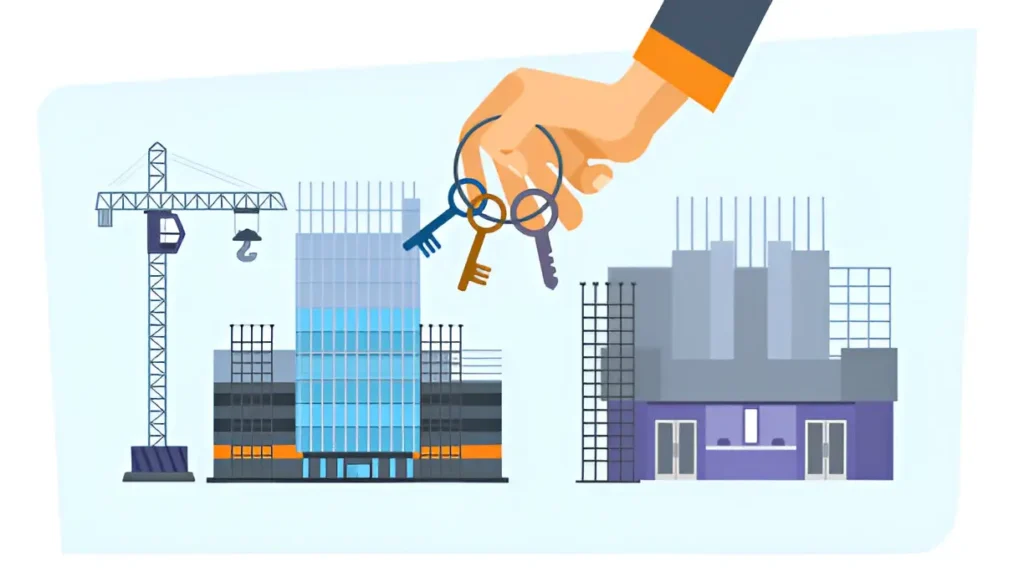Key Trends in Modern Residential Real Estate
The modern residential real estate market is profoundly transforming, largely driven by technological advancements, changing demographics, and evolving buyer expectations. A decade ago, attributes such as location, square footage, and price dominated buyers’ preferences. However, there is a notable shift towards smart technology, sustainable design, and adaptable living options today. As modern households place increasing importance on convenience, flexibility, and environmental responsibility, buyers, sellers, and investors must stay updated with these rapidly changing priorities. In highly desirable neighborhoods, such as those featuring homes for sale in Kailua, these real estate trends influence individual transactions and shape what constitutes value, comfort, and long-term desirability in a home. Recognizing and responding to these evolving preferences can make all the difference in achieving one’s goals in the market.
Smart Home Integration
Once reserved for luxury estates, smart home technology is rapidly becoming a standard feature for residential buyers at all prices. Prospective homeowners are looking for properties that offer advanced, interconnected systems designed to make life more efficient, secure, and enjoyable. Features such as voice-activated lighting, app-controlled security cameras, and automated climate controls have become essential, offering convenience and peace of mind. The integration extends beyond basic utilities—modern homes may include fully networked appliances, remote-access doorbells, and entertainment systems that adjust to user preferences. These features enhance day-to-day living, and many buyers see them as must-haves that boost property resale value and overall satisfaction.
Sustainable and Eco-Friendly Features
As awareness surrounding climate change and resource consumption grows, environmentally responsible real estate has transitioned from a niche market to a dominant force. Homebuyers seek houses with energy-efficient appliances, solar panels, low-flow plumbing, and high-performance insulation. The materials used in construction are also under greater scrutiny, with a preference for sustainable, recycled, or low-impact options such as bamboo flooring and reclaimed wood. Beyond personal preference, many buyers are motivated by the prospect of lower utility bills, reduced carbon footprints, and homes that support healthier indoor air quality.
Remote Work and Flexible Living Spaces
The widespread transition to remote work has transformed residential real estate, permanently altering how people define the “ideal” home. No longer just a place for relaxation, the modern house must now function as an office, classroom, and personal sanctuary. Homeowners desire dedicated office spaces with soundproofing, robust internet connections, and ergonomic layouts—features that can profoundly influence productivity and well-being. Many buyers now seek larger homes or properties with extra rooms, finished basements, or accessory dwelling units (ADUs) to accommodate the need for versatile spaces that can pivot between work, leisure, and multigenerational living.
Rise of Co-Living and Communal Spaces
As housing affordability challenges buyers in urban centers, co-living has evolved from a temporary fix into an innovative, community-oriented lifestyle choice. Co-living arrangements offer private living quarters complemented by extensive shared amenities, such as kitchens, lounges, coworking areas, and landscaped gardens. These setups appeal to young professionals, digital nomads, and remote workers, delivering affordability alongside built-in social opportunities. For many, the benefits include flexible leasing terms, reduced utility costs, and a stronger sense of belonging than traditional apartment rentals.
Wellness-Focused Amenities
Health and wellness have become key priorities for homebuyers seeking living spaces that nurture both physical and mental well-being. Modern developments offer a variety of wellness-focused amenities such as equipped fitness centers, tranquil meditation rooms, private yoga studios, and luxurious spa-quality bathrooms. Some projects include hydroponic or rooftop gardens, air and water filtration systems, and curated resident wellness programming. The shift encompasses personal spaces, like in-home saunas and soaking tubs, and communal areas for relaxation and rejuvenation.
Also Read- The Architectural Design Process: From Concept to Construction
